British cuisine has a unique personality that sometimes clashes with American taste buds. When Americans venture across the pond or visit authentic British eateries stateside, they often encounter dishes that leave them both confused and determined never to repeat the experience. From breakfast oddities to peculiar pub fare, these British specialties create memorable—though not always pleasant—culinary adventures for American visitors.
1. Black Pudding
Served alongside eggs and bacon at traditional English breakfasts, black pudding startles Americans with its main ingredient: blood. This sausage combines pork blood, fat, oatmeal, and spices into a dark, dense disk that’s typically sliced and fried.
The metallic taste catches most Americans off-guard. While Brits appreciate its rich, earthy flavor profile, American palates typically revolt at the concept of consuming congealed blood before noon.
Most visitors take one polite nibble before discreetly pushing it to the edge of their plate. The psychological barrier proves too strong even for adventurous eaters who might otherwise enjoy similar textures in other foods.
2. Jellied Eels
Dating back to 18th century London’s East End, jellied eels emerged as cheap, protein-rich food for working-class families. The dish consists of chopped eels boiled in a spiced stock that naturally gelatinizes when cooled.
Americans approaching this dish face multiple challenges: the slippery, gelatinous texture; the fishy aroma; and the unsettling sight of recognizable eel pieces suspended in wobbly aspic. The cold serving temperature amplifies these sensory issues.
First-timers typically manage one tentative spoonful before surrendering. Even seafood enthusiasts struggle with the combination of chilled fish and jelly—a textural pairing that rarely appears in American cuisine.
3. Marmite
“You either love it or hate it” isn’t just clever marketing—it’s a genuine warning. This sticky, dark brown spread made from concentrated yeast extract delivers an intensely salty, umami flavor bomb that overwhelms unprepared taste buds.
Americans expecting something sweet like peanut butter or chocolate spread experience genuine shock when Marmite’s savory punch hits. The recommended thin scraping on buttered toast seems excessive to most first-timers, who often describe the taste as “concentrated beef bouillon cube” or “soy sauce times ten.”
The faces of Americans trying Marmite have launched countless viral videos. That grimace of betrayal when expectations meet reality provides endless entertainment for British friends.
4. Steak and Kidney Pie
Americans eagerly approach what sounds like a comforting meat pie until the kidney component registers. This traditional dish combines diced beef with kidney pieces in rich gravy, all encased in flaky pastry.
The distinct, musky flavor of kidney—specifically its unmistakable urinary notes—creates an immediate sensory disconnect for American diners. While the gravy and pastry earn approval, those unfamiliar organ meat pieces prompt subtle sorting behavior as they’re pushed aside.
Many Americans try to power through out of politeness but rarely clean their plates. The experience often ends with a mental note: “Next time, just order the steak pie.” For organ meat novices, kidneys represent a particularly challenging introduction.
5. Spotted Dick
The name alone causes American tourists to double-take on restaurant menus. This Victorian-era steamed pudding consists of suet (beef fat), flour, and dried fruit—usually currants or raisins—which create the “spotted” appearance.
Americans approach with curiosity, often ordering it for the Instagram-worthy name alone. The heavy, dense texture and unfamiliar suet flavor profile typically disappoint expectations of something more cake-like.
The traditional accompaniment of custard helps somewhat, but most Americans find themselves struggling through a few obligatory bites. Between the stodgy mouthfeel and the mild but distinctive animal fat undertones, this dessert rarely becomes an American favorite.
6. Haggis
Scotland’s national dish represents peak culinary courage for many American travelers. This savory pudding combines sheep’s heart, liver, and lungs with oatmeal, onions, and spices, traditionally encased in the animal’s stomach lining.
Americans who manage to get past the ingredient list often find the actual flavor surprisingly acceptable—somewhat like spiced meatloaf. However, the psychological hurdle proves insurmountable for repeat consumption.
The texture—crumbly yet somehow also moist—contributes to the one-and-done experience. While Americans might take pride in having tried authentic haggis (often during Burns Night celebrations), few seek it out again. Technically, traditional haggis remains illegal to import into the US due to lung content.
7. Branston Pickle
Americans expecting cucumber pickles face bewilderment when encountering this chunky, dark brown relish. Branston Pickle contains vegetables like carrots, rutabaga, and cauliflower chopped into a sticky, sweet-sour matrix with a distinctly British spice profile.
The texture—somewhere between chutney and relish—confuses American palates. When served in a traditional ploughman’s lunch alongside cheese and bread, first-timers often apply it too generously, overwhelming their taste buds with its potent vinegary punch.
The mysterious brown chunks prompt inevitable questions: “What exactly am I eating?” While some adventurous Americans develop appreciation for this condiment, most find its aggressive tanginess and unidentifiable bits too strange for regular consumption.
8. Scotch Egg
The concept sounds promising: a hard-boiled egg wrapped in sausage meat, breaded and fried. Americans initially approach with optimism, especially when spotting them in pubs or at picnics.
Reality sets in with the first bite. The typical British Scotch egg is served cold, creating an unexpected temperature disconnect. The outer sausage layer, delicious when freshly made, develops a dense, almost rubbery quality when chilled. Gas station or supermarket versions—where many tourists encounter them—particularly disappoint.
The combination of cold egg and meat strikes most Americans as fundamentally wrong. While gourmet versions with runny yolks and artisanal sausage might win converts, the standard grab-and-go variety leaves Americans puzzled about their popularity.
9. Bubble and Squeak
Named for the sounds it makes while cooking, bubble and squeak transforms leftover vegetables and potatoes into a pan-fried patty or loose hash. Traditionally made with Sunday roast remnants, it’s British food recycling at its finest.
Americans typically encounter this dish at breakfast, where the concept of leftover vegetables first thing in the morning creates immediate cognitive dissonance. The inconsistent texture—sometimes crispy, sometimes mushy—and the hodgepodge nature of whatever vegetables happened to be available create an unpredictable eating experience.
While the environmentally conscious appreciate the no-waste approach, the execution often feels like something born of necessity rather than desire. Most Americans try it once for the experience but rarely seek it out afterward.
10. Prawn Cocktail Crisps
British snack aisles harbor many surprises, but few generate the same level of American skepticism as prawn cocktail flavored potato chips. The neon pink dusting on these crisps signals their artificial seafood inspiration.
Brave American tourists sample them expecting overwhelming fishiness, but instead encounter a strange sweet-tangy-vaguely-seafood flavor profile. The disconnect between the bright color, seafood name, and actual taste creates genuine confusion.
The lingering artificial aftertaste proves particularly troublesome. Americans accustomed to potato chips in flavors like sour cream and onion or barbecue find the concept of seafood-flavored snacks fundamentally wrong. The experience typically ends with an unfinished bag and a return to familiar salt and vinegar.
11. Treacle Tart
Harry Potter fans often seek out this traditional British dessert, only to discover that golden syrup (the “treacle” in question) creates a uniquely overwhelming sweetness. This simple tart combines the syrup with breadcrumbs in a shortcrust pastry case.
Americans expect something akin to pecan pie but encounter a different beast entirely. The intense, almost metallic sweetness lacks the balancing notes found in American desserts. The breadcrumb filling creates a dense, somewhat grainy texture that surprises those expecting something smoother.
The first bite usually impresses with novelty, but by the third, sugar fatigue sets in. Few Americans manage to finish a full slice, making treacle tart a one-time culinary adventure rather than a craving to satisfy back home.
12. Chip Butty
The chip butty represents British comfort food at its most straightforward: French fries (“chips”) stuffed between buttered white bread. No protein, no vegetables—just carbs embracing carbs.
Americans approaching this sandwich initially think something’s missing. Surely there should be bacon or at least some lettuce? The soft bread quickly becomes soggy from the hot, greasy chips, creating a texturally challenging experience.
While the flavor isn’t offensive—potatoes and bread are familiar enough—the concept feels incomplete to American sensibilities. The chip butty exemplifies the kind of food that makes perfect sense after several pints at the pub but puzzles sober tourists. Most try it once for the cultural experience but don’t feel compelled to recreate it at home.
13. Liver and Onions
A staple on traditional British menus, liver and onions represents old-school cooking at its most straightforward. Sliced beef or lamb liver is fried with onions until just pink inside—a preparation method that maximizes its mineral qualities.
Americans brave enough to order this dish typically encounter a strong iron-like flavor that dominates everything else on the plate. The distinctive metallic tang lingers long after the meal ends. The liver’s somewhat grainy texture contributes to the challenging eating experience.
While older generations of Brits may consider this comfort food, American visitors typically manage just a few dutiful bites. The dish has fallen from favor even in Britain, but still appears on traditional pub menus where unsuspecting tourists might order it out of curiosity.
14. Kippers
The pungent aroma of kippers—cold-smoked herring—announces their presence long before they reach the breakfast table. These split, butterfly-fileted fish appear frequently on traditional British breakfast menus, especially in coastal areas and hotels.
Americans expecting something like smoked salmon encounter a much more assertive flavor profile. The intensely fishy, smoky taste combines with the oily nature of herring to create a breakfast experience that feels aggressively non-American. The numerous small bones require careful navigation.
Hotel rooms across Britain have witnessed countless Americans politely attempting this breakfast tradition. Most manage a few experimental bites before retreating to more familiar territory. The lingering aroma on breath and fingers serves as a reminder of the experience throughout the morning.
15. Toad in the Hole
Despite its whimsical name, no amphibians feature in this traditional British dish. Sausages are baked in Yorkshire pudding batter until the surrounding mixture puffs up dramatically around the meat.
Americans approach with curiosity, often delighted by the name alone. The concept seems promising—who doesn’t like sausage and bread-like substances? However, the execution often disappoints. The Yorkshire pudding portion can be inconsistent—sometimes crisp and light, other times dense and doughy.
British sausages themselves present another challenge with their higher cereal content and different spice profile than American varieties. While not actively unpleasant, Toad in the Hole typically falls into the category of “tried it, checked it off the list, no need to repeat.” The accompanying onion gravy helps, but rarely enough to create converts.


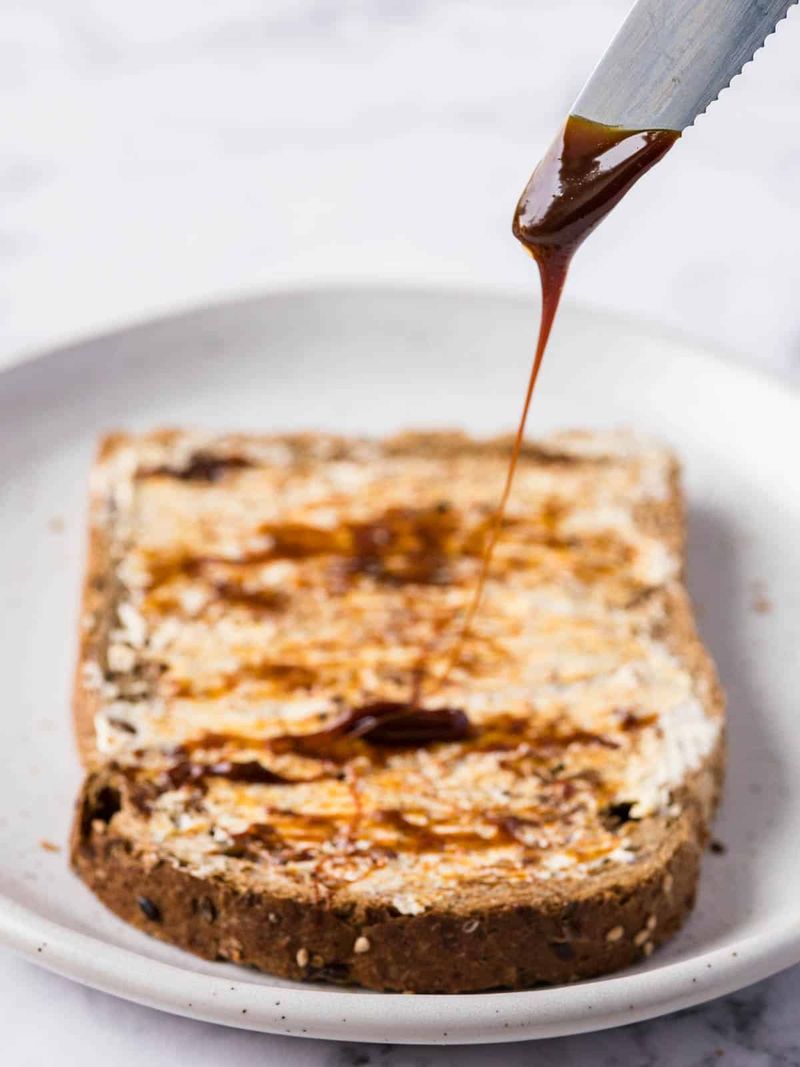
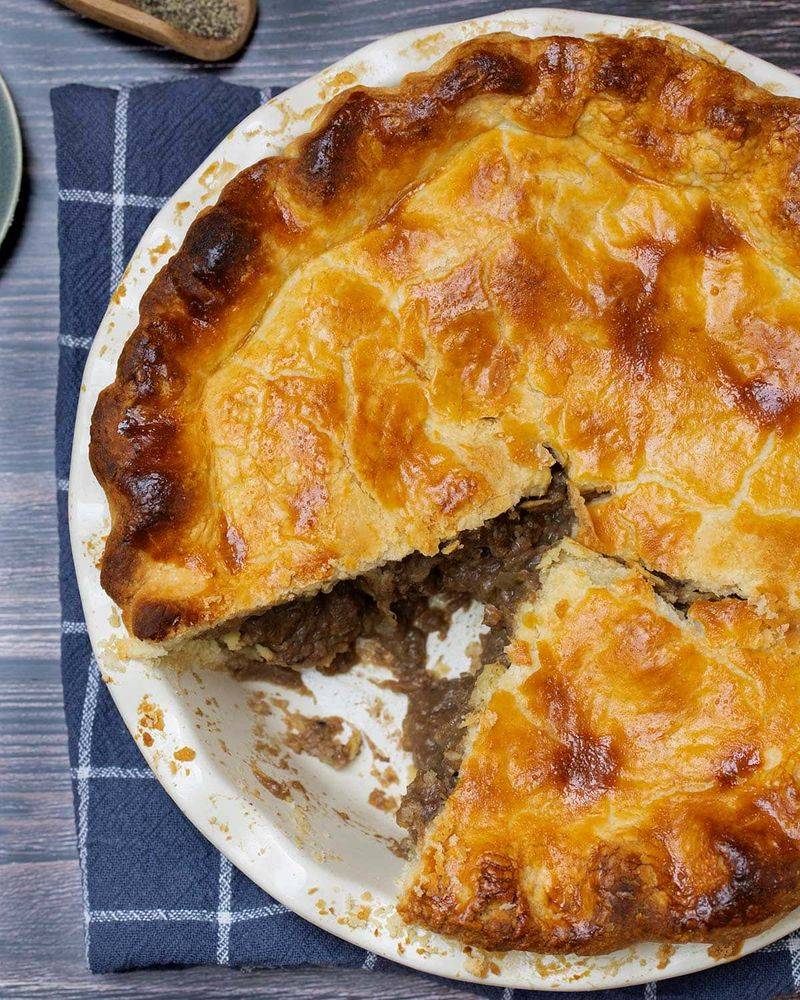
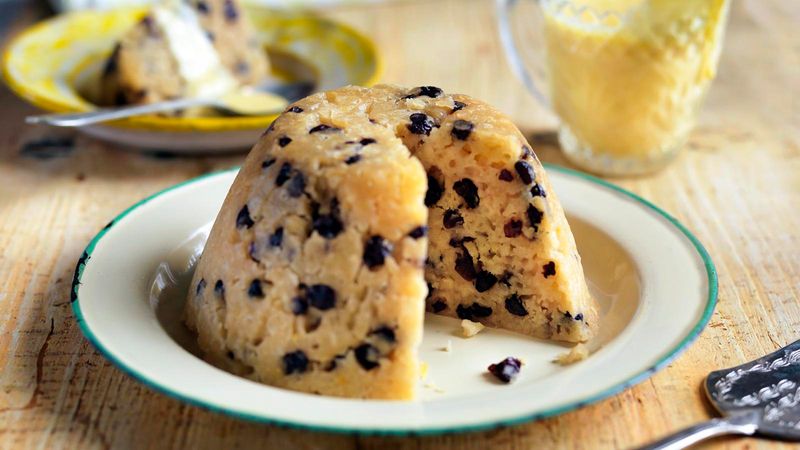
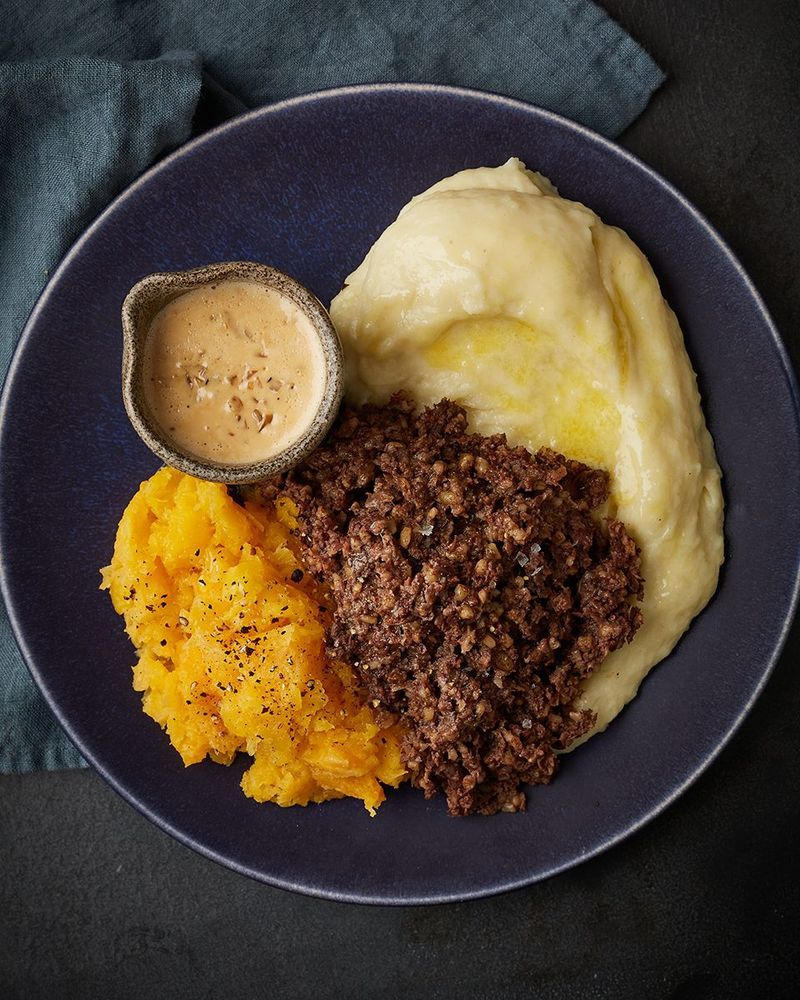
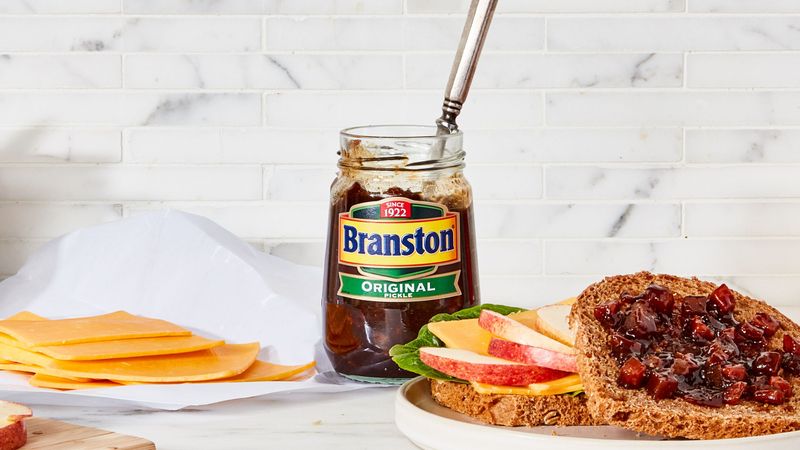
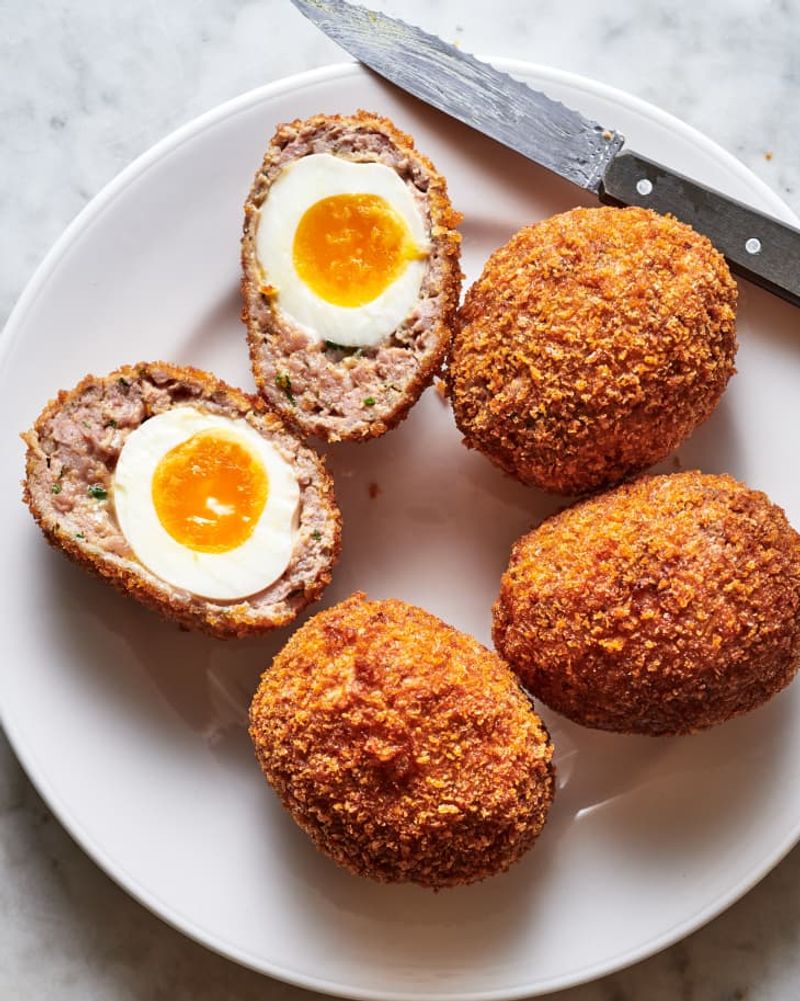




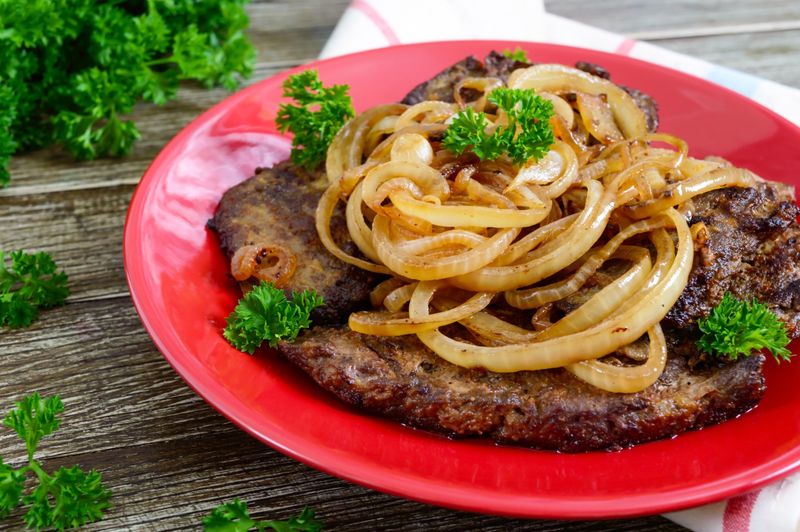


Leave a comment